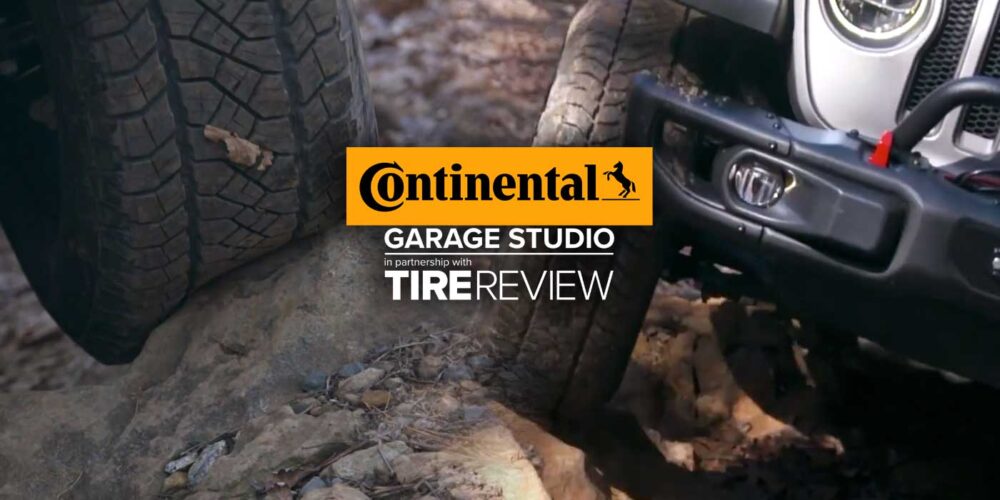The majority of hoses on a vehicle will fail from the inside out. Most of these failures take tens of thousands of miles and many heat cycles to occur. Recognizing the conditions that can cause a failure and the visual clues is vital in preventing a catastrophic failure. Typically, most hose failures are due to either contaminated fluids or electrochemical degradation.
Like the arteries in your heart, a hose can become hard and brittle. Tiny cracks and striations develop in the inner layers, which eventually cause the hose to split, blister or leak. The leading cause of this type of failure is the quality of the fluid. Most fluids in a vehicle have additives that prevent oxidation and comprise the pH of the fluid. When any fluid breaks down, the inner liner of the hose is vulnerable to damage. This type of damage can cause the liner to erode and degrade.
Electrochemical degradation occurs when the electrical current on a radiator and cooling system hoses cause damage to the inside of hoses. Today’s multi-material engines with cast iron, aluminum and plastic can create conditions that set up an electrical current in the coolant. With the different metals, the engine, radiator and heater core act like a battery. As the hose and coolant degrade, the inside surface of the hose becomes a conductor, which causes the layers to erode and weaken.
SAE has a test designed to test hoses for their resilience to this type of damage. The J1864 test uses a length of hose with a 50/50 coolant mixture and applies 12 volts to the hose with the positive and negative connections on either end. The assembly is then put in an oven for 168 hours. When the test is complete, the hose is cut 45mm from the end, and the damage is measured by counting the cracks. ECD deterioration can sometimes be identified by pinching the hose near each end with your thumb and fingers. If you feel “ridges” or “voids” inside the hose, it needs to be replaced.
This video is sponsored by Continental.













